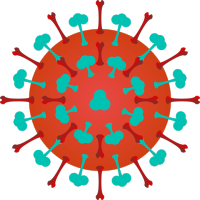search
| acupoint | Jiaji |
| alias | Hua Tuo Jiaji |
bubble_chart Category  On back and lumbar region, bilateral to the spinous processes from 1st thoracic vertebra to 5th lumbar vertebra, 0.5 cun lateral to the posterior midline. There are 17 points on each side.
On back and lumbar region, bilateral to the spinous processes from 1st thoracic vertebra to 5th lumbar vertebra, 0.5 cun lateral to the posterior midline. There are 17 points on each side.
Extra point.
bubble_chart Etymology
The acupoint is located on both sides of spine, "jia" (夾) meaning "to clamp" and "ji" (脊) referring to spine. Thus, the name "Jiaji" (spine-clamping) reflects its position flanking the spinal column.

Located in the ligaments and muscles between the transverse processes. The specific muscles involved vary depending on the level of spine. Generally, the layers are as follows:
- Superficial layer: trapezius, latissimus dorsi, and rhomboid muscles.
- Middle layer: superior and inferior serratus muscles.
- Deep layer: sacrospinalis and short muscles between transverse and spinous processes.
Insert slightly medially. For thoracic vertebrae: 0.5~1 cun, with a numbing or electric sensation radiating to chest or abdomen. For lumbar vertebrae: 1~2 cun. Alternatively, use plum-blossom needle tapping. Moxibustion is applicable.
This point has a wide range of applications:
- Upper thoracic points: treat heart, lung, and upper limb disorders.
- Lower thoracic points: treat gastrointestinal disorders.
- Lumbar points: treat lumbar, abdominal, urogenital, and lower limb disorders.






